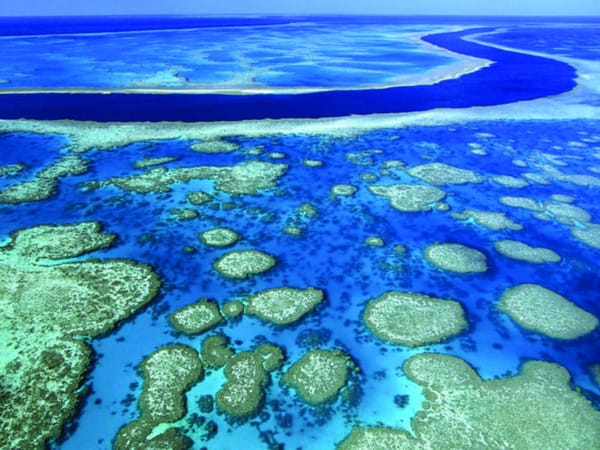Fleming’s fungus finally identified
While previously assumed to have been P. chrysogenum, the fungus that led Fleming to his discovery of penicillin may in fact have been up to four separate species
Moulds are perhaps the least celebrated of organisms, with the notable exception of the one that led to Alexander Fleming’s discovery of penicillin in 1928. The story is well-known: the fungal spores were accidentally allowed to contaminate a petri dish, Fleming observed that the mould was killing the culture of bacteria on the plate, and on further investigation it was found to be secreting an anti-bacterial substance which we now know as the first antibiotic: penicillin. It’s surprising, then, that we’ve never known exactly what it was.
At least, that was the conclusion of recent research from Imperial’s School of Public Health, published in Molecular Ecology. The species has usually been identified as Penicillium chrysogenum, a commonly occurring microscopic fungus found in air and household dust and on some foods. And indeed P. chrysogenum, originally derived from mould on a cantaloupe melon, has been the culture of choice for industrial penicillin production over the years. However when preserved samples of Fleming’s culture were subjected to modern genetic analysis techniques, they turned out to contain a separate species, as yet unnamed. In fact, what we’ve previously considered to be simply P. chrysogenum actually appears to cover four distinct species.
This finding is of more than historical interest, however. Subtle differences between species of fungus mean they secrete slightly different versions of the antibiotic, or yield greater or lesser amounts. Understanding the differences and accurately identifying distinct strains gives us the ability to select for particular pharmaceutical properties, and discover entirely new compounds. As antibiotic resistance becomes an increasingly serious problem, innovation and clearer understanding in this field are essential.
Also this work offers a fascinating insight into the complex and debate-filled world of fungal species identification. Distinguishing between species is not always straightforward, least of all when dealing with microscopic asexual organisms where it is difficult to even define exactly what ‘species’ means. Indeed Fleming himself originally identified his fungus as P. rubrum, before P. chrysogenum was accepted as the correct diagnosis.
Earlier this year, other prominent researchers in the field published their claim that Fleming’s species is in fact P. rubens. We may well expect a response from them soon, and the outcome is by no means certain. It would seem a fitting tribute, however, if Imperial scientists could honour their famous predecessor by giving his species their proposed name of Penicillium flemingii.








